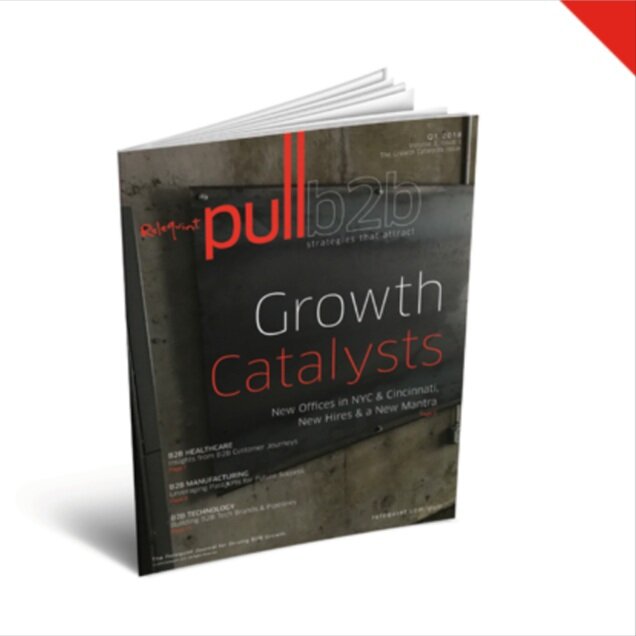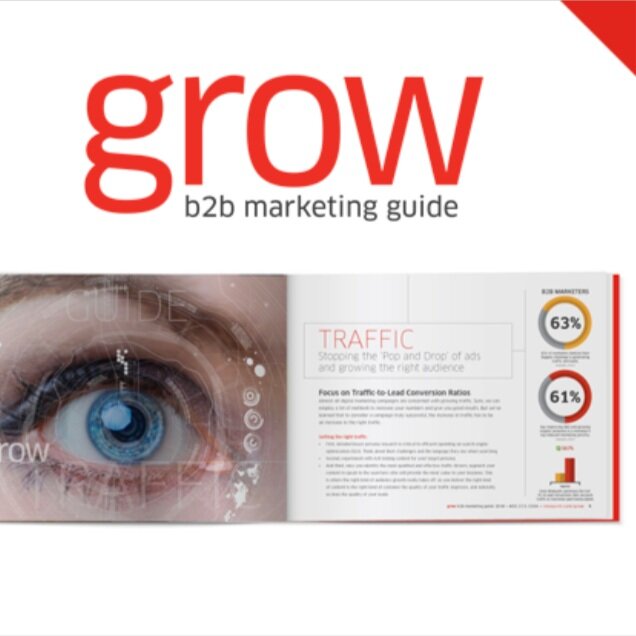 With so much online content available for consumption, the risk of overloading your target audience is real. However, the amount of data available to collect on your audience makes it easier to create the right kind of content that they’ll want to see. The next hurdle is to get your content to show up to these targeted buyers at just the right moment — content in context — so it's not seen as an interruption, but rather as a well-timed solution.
With so much online content available for consumption, the risk of overloading your target audience is real. However, the amount of data available to collect on your audience makes it easier to create the right kind of content that they’ll want to see. The next hurdle is to get your content to show up to these targeted buyers at just the right moment — content in context — so it's not seen as an interruption, but rather as a well-timed solution.
When you add context into the mix, you'll be able to optimize the timing and placement of your messages so your prospects are more receptive. Here's how to put manufacturing context marketing to work so you enjoy more sales-qualified leads.
Step One: The Buyer's Journey
Manufacturing context marketing relies on knowing where each prospect is in the buyer's journey, and then applying all the data you have about that prospect to get the right messages to that prospect at the right time. Whether your prospect is in the earliest stages of gathering information on your products and services or has become a well-nurtured lead that's inches away from making a purchase, what you need to keep them moving forward is very different for each phase.
Make sure your contact database is accurate, up-to-date and complete with information that includes where each prospect is in the sales funnel, what content they've interacted with and where they tend to interact with your content (i.e. your website, email, LinkedIn, etc.).
Step Two: Put Context to Work
In a perfect world, you would have the resources to put teams of people to work generating individual experiences for each person who is interacting with your digital content. Of course, the resource drain would probably ruin your ROI.
Instead, here are three places you can use automated martech to create context for your prospects while still staying on budget:
- Dynamic Page Content. Tailoring what people see when they visit your website creates a personalized environment for your visitors. Using a martech platform will help you change images, content and buttons based on what you know about your users relatively easily. Start with your busiest web pages and most important CTAs and forms.
Smart calls-to-action, for example, can drive more sales-qualified leads by honing in on what a visitor is after. While showing the same offer a couple of times serves a good reminder of your valuable content, repeatedly showing visitors this offer could cause them to ignore it. It also doesn't make sense to show a longtime customer an introductory offer. - Progressive Profiling. Manufacturing buyers can take some time before reaching a purchase decision. They must consider many factors, including how well your solution solves their problem, how much it costs and how easy or difficult it is to implement. But there may be many smaller conversions happening along the way, such as downloading a whitepaper or requesting a quote.
Progressive profiling allows marketers to keep tabs on this progress and continue collecting information without annoying the prospect. By choosing which form fields to use based on information you previously gleaned, you'll make the journey easier for you and the buyer. - Drip Nurturing. Here is where context really has a chance to shine. Email campaigns can be completely automated, yet entirely personalized at the same time. Is this the recipient's first message from you? The fifth? What have they clicked on before? Are they a previous buyer or a fresh prospect?
Refining your drip campaigns to squeeze every ounce of useful information you can from your contact database will make your prospects feel like you're paying attention. When perfected, your emails will seem to be just the thing your recipients were looking for at the moment they needed it most.
Let Context Do the Heavy Lifting
The idea behind these data-intense strategies is to work toward anticipating your prospects' needs rather than only reacting to their actions. Then, you can use smart marketing automation strategies to keep the wheels spinning and your leads moving along on their own journey in a way that makes sense to that person. Finally, when the timing is just right, these leads will be ripe for sales to jump in and close the deal.
Your time and investment goes in upfront, but the payoff is that manufacturing context marketing will be doing the heavy lifting when it comes to nurturing and qualifying leads. The result is fewer lost leads along the way, and a boost in sales qualified leads to pursue.![]()







 By
By 
